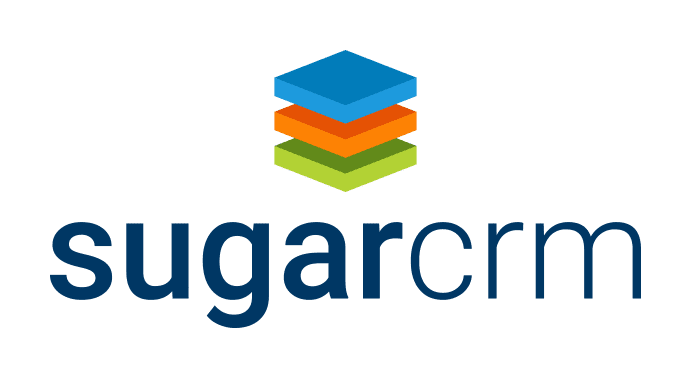Most small businesses start out by managing everything in spreadsheets. Why not? They are cheap and everyone already knows how to use a spreadsheet, even if it is just in the most basic sense. This is an okay method of tracking data, until the business starts to grow and the data starts to grow. Spreadsheets will quickly become unmanageable, time consuming, and collaboration will be impossible. Worst of all, manually punching numbers into a spreadsheet is prone to error, 100 quickly turns to 1000 and you’ve lost all meaning to your data. When these problems arise is when it’s time to switch from spreadsheets to ERP.
There is a method to making the switch, however. You can’t simply move over to ERP, unless you’re willing to lose all the data that you spent months meticulously entering into the spreadsheets. Below are the steps you will need to take for the switch from spreadsheets to ERP.
1. Review the Data
There are two areas you will need to review: the contents of the data and the accuracy of the data. There is no point in moving over information that is incorrect, it will just exacerbate the issues you were having on spreadsheets and make the move pointless. Go through the data and make sure everything is accurate. There is also no point in making the switch if you are just going to inundate the system with worthless data. Get rid of anything that you no longer need.
2. Set Milestones
Chances are, you have tons of data and the idea of reviewing it all is already making you crazy. No one expects you to sit down and go through all the data in one day. It is important to set milestones for yourself for reviewing the data and moving the data over to the new system.
3. Choose the Right ERP
Choosing the right ERP could be a blog series of its own, however, there are some simple steps you can take to prepare. You need to take a look at your specific business processes to narrow down your search. Are you a B2B or B2C company?, if you’re in manufacturing, what mode do you use?, how many users do you expect to have on the ERP system?, how much growth do you expect over the next few years? All of these factors play into what ERP system would be best for you.
4. Stay Focused
Doing all of this work is going to take time and get exhausting. It is easy to get caught up in your current day-to-day activities and push everything off. However, you need to remember how much easier life will be after switching from spreadsheets to ERP. Although you are adding some extra work to your plate now, ERP will make less work for you in the long run.
Spreadsheets are now the snail mail of the past. They are an outdated process of doing things, especially if you have grown large enough to have multiple sets of data across departments. Switching from spreadsheets to ERP is a smart move, but it requires careful planning and some extra effort to get the ERP system up and running properly and efficiently.
We’ve developed these 8 tips to help navigate the many choices for ERP selection.Learn More Here

